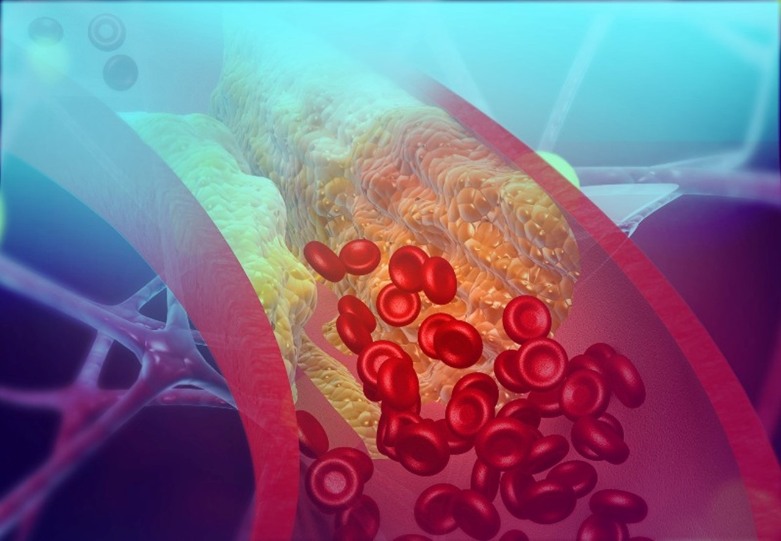Unveiling Peripheral Arterial Disease Causes, Clinical Presentations, and Treatments
The Impact of Peripheral Arterial Disease
Peripheral arterial disease (PAD( is fairly common, affecting between eight and 10 percent of the population, and it is growing more common as the number of seniors in the United States increases. Affecting about 33 million people in the United States, this condition involves insufficient blood flow due to plaque buildup in the arteries and can lead to painful symptoms. In fact, about 200,000 people in the U.S. undergo amputations each year due to PAD, despite the fact that peripheral arterial disease treatment is available and effective. Here, we discuss peripheral artery disease causes, symptoms, and treatment, in order to raise awareness and prevent unnecessary suffering.
What is Peripheral Arterial Disease?
Peripheral arterial disease is a narrowing of arteries that causes decreased blood flow to the extremities. Because of this decreased blood flow, the limbs are not able to perform their normal activities, and this decreased circulation can lead to pain and lower extremity wounds. Muscle pain and cramping is common, particularly in the calves. Without treatment, PAD can result in far more serious consequences, including heart attack, stroke, amputation, or even early death. That is why it is so important to see a vascular surgeon if you are experiencing the symptoms of PAD. Because vascular surgeons specialize in veins and arteries, they can determine the best course of action to treat your symptoms and address your PAD.
What are the Symptoms of PAD?
Often, a person with PAD will have a cramp or pain that occurs with physical activity and goes away once that activity stops. Other symptoms of peripheral arterial disease include painful cramping in the hips, thighs, or calf muscles after walking, running, or climbing stairs, or numbness or a loss of sensation in the foot. A person with PAD may have one cold lower leg or foot, or a weak pulse in the feet and legs. The skin on the legs is often smooth and shiny, and there may be a change in the color of the legs. Sometimes, sores in the legs or feet will heal slowly or fail to heal at all.
Who is at Risk of PAD?
Smoking is one of the primary risk factors for peripheral arterial disease. In fact, about 80 percent of people with PAD are current or former smokers. A person’s risk of PAD increases with age, and those who have a family history of PAD are at higher risk than the rest of the population. Additionally, health conditions like obesity, diabetes, kidney disease, high blood pressure, high cholesterol, and blood clotting disorders can all increase a person’s risk of developing PAD. Peripheral arterial disease is not related to coronary artery disease, but people who have PAD often have coronary artery disease, as well. A person with PAD is at a significantly higher risk of coronary artery disease, stroke, heart attack, or transient ischemic attack than other people.
Peripheral Arterial Disease Treatment
Often, peripheral arterial disease can be managed non-surgically. Engaging in a heart-healthy lifestyle, eating a nutritious diet, and participating in supervised exercise therapy can improve this condition, as can quitting smoking. Your doctor will probably recommend that you perform good foot and skincare, and may prescribe certain medications. Some of the medications used to treat peripheral arterial disease allow a person to walk far further than before, because they allow more blood flow to the legs and feet. Medication may also be prescribed to lower cholesterol and decrease the chances of a heart attack, stroke, or blood clot. Supervised exercise therapy has also proven effective in lengthening pain-free walking distances.
There are also minimally invasive surgical options for treating PAD. These are typically employed when non-surgical interventions do not improve the condition sufficiently. These include balloon angioplasty to open the area of narrowing and allow more blood flow, stent placement to permanently open the artery, atherectomy, to remove plaque buildup, and CO2 angiogram, which improves PAD without impeding kidney function. In rare cases, open surgery, including endarterectomy, which removes the plaque from the artery and creates a bypass, and hybrid surgery, using both open and endovascular procedures simultaneously. Your vascular surgeon can help create a treatment plan that will work for you.
Vascular Physicians with Experience Treating Peripheral Arterial Disease
If you’re seeking peripheral arterial disease treatment or help with other vein issues, trust the board-certified physicians at the Arizona Vein & Laser Institute. Using the most advanced technology, the vascular and cardiovascular surgeons at the Arizona Vein & Laser Institute provide care for all types of venous diseases. With over 40 years of experience, our team of experienced physicians can devise the right treatment plan to address your venous disease problems. For more information contact us through our website.

